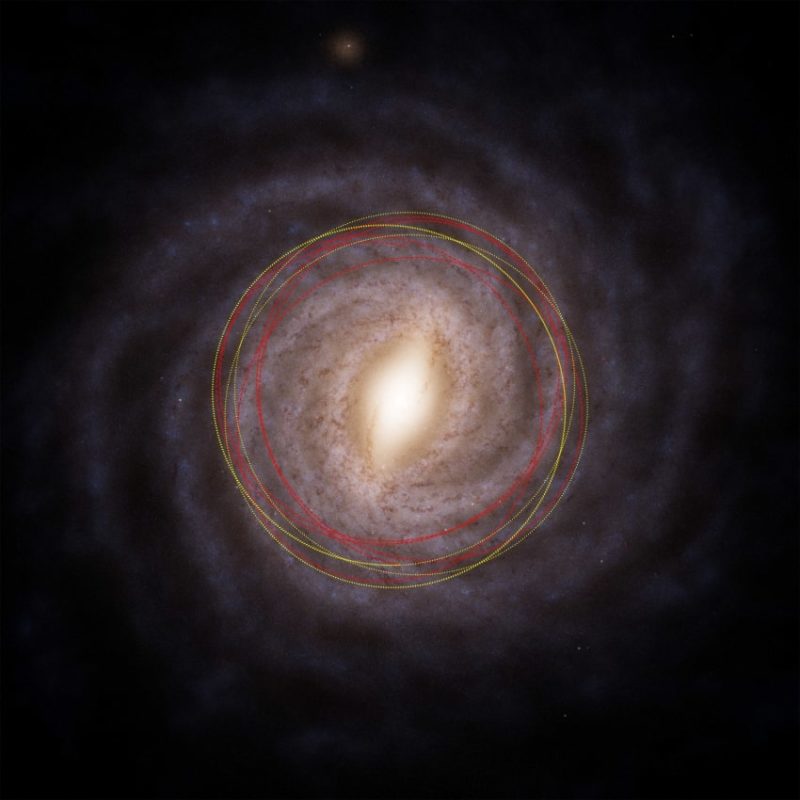A newly discovered interstellar comet, officially designated 3I/ATLAS (C/2025 N1), has become the latest celestial object to pass through our Solar System – following in the footsteps of ʻOumuamua and 2I/Borisov. Detected on 1 July 2025 by the ATLAS survey in Chile, the comet has already attracted intense scientific attention for its speed, composition, and mysterious origins.
Entering the inner Solar System from deep interstellar space, 3I/ATLAS was first observed at a distance of 4.5 astronomical units from the Sun, moving at a remarkable 58 kilometres per second – faster than any known comet of Solar System origin. It will reach its closest approach to the Sun (perihelion) around 30 October 2025, at a distance of roughly 1.4 AU, slightly within the orbit of Mars. With a sharply hyperbolic trajectory (eccentricity 6.14), the comet will continue its journey back into interstellar space after its flyby.
Preliminary data suggest that 3I/ATLAS has a nucleus under 1 kilometre wide, though some analyses propose a larger size, possibly up to 11 kilometres. Composed primarily of ice, carbon dioxide, and volatile gases, it displays an unusual abundance of CO₂, as well as traces of cyanide gas and nickel vapour – hinting at a chemical fingerprint distinct from Solar System comets.
Although too faint to be seen without a telescope, 3I/ATLAS has been imaged by major observatories and even captured in distant frames by NASA’s Perseverance rover on Mars. Scientists believe their study could unveil crucial insights into how comets form in other planetary systems – deepening our understanding of the galactic neighbourhood and the shared chemistry of the stars.

